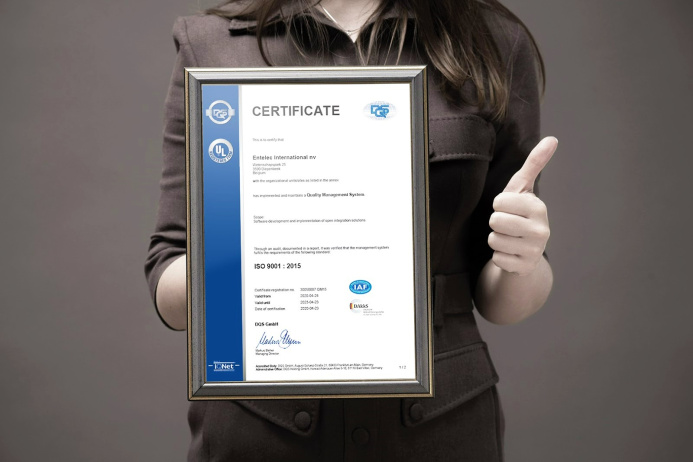ISO Certification: A Quality Standard or a Formality Standard?
06.07.2025 | 23:25 |Expert View on the Effectiveness of International Standards in the Real Economy
ISO international standards have become an integral part of the business environment: they are required by customers, they influence exports, and they provide a competitive advantage. But how effective is their implementation really? Do they improve production processes and working conditions? And most importantly, do they make people's lives better?
Declared Goal
ISO is an abbreviation for the International Organization for Standardization, an organization that issues standards in the areas of management, safety, ecology, information systems and other areas. The key goal is to formalize “best practices” for universal application, increasing transparency and manageability in business.
Examples:
• ISO 9001 – quality management system;
• ISO 14001 – ecology;
• ISO 45001 – labor protection;
• ISO/IEC 27001 – information security.
In reality, the implementation of ISO is accompanied by the following trends:
-
Formalism instead of content. Companies, especially in countries with an administrative management style, often implement standards solely for the sake of certification - without a real review of the processes. This leads to the paper system "living separately" from operational activities.
-
Increased administrative burden. Document flow, regulations, annual audits, internal checks - all this requires resources. This is especially sensitive for small and medium businesses, where every distraction from the main process is a direct loss.
-
Commercialization of certification. An entire industry has emerged built around standards: certification bodies, consulting agencies, training centers. Obtaining and maintaining a certificate has become a paid subscription, and not proof of management maturity.
-
Lack of social correlation. Certified companies often do not provide either decent wages or stable working conditions. Outwardly, they demonstrate "quality", but inside - staff turnover, burnout, lack of ethics in relationships.
Examples from practice
• A food industry company has ISO 22000 (food safety), but employees work 12-hour days to the point of exhaustion.
• Numerous ISO 9001 contractors are unable to meet deadlines and quality, since “paper management” is not integrated into actual management.
• Public procurement tenders require ISO, but do not evaluate the real effects of implementation.
Where to go next?
ISO can and should be used, but as a tool, not as a goal. The following conditions are important:
• Implementation should be built into the management culture, not imposed from above.
• Certification bodies should be independent and subject to objectivity criteria.
• Alternative performance metrics should be developed, including staff engagement, customer satisfaction, sustainability and accountability.
Conclusion
ISO standards are a powerful mechanism for standardization and quality alignment at the global level. However, without an internal demand for honest and meaningful development, they turn into a formal shell, behind which worn-out processes, low salaries and exploitation of employees are often hidden. In order for standards to work for the result, and not for the profit of certifying bodies, it is necessary to return them to the original task: the creation of a sustainable, reasonable and fair management system with elements of human-centeredness.
Ishankuli Faizullaev, co-founder of IF Group TM, Master of Laws and Management











